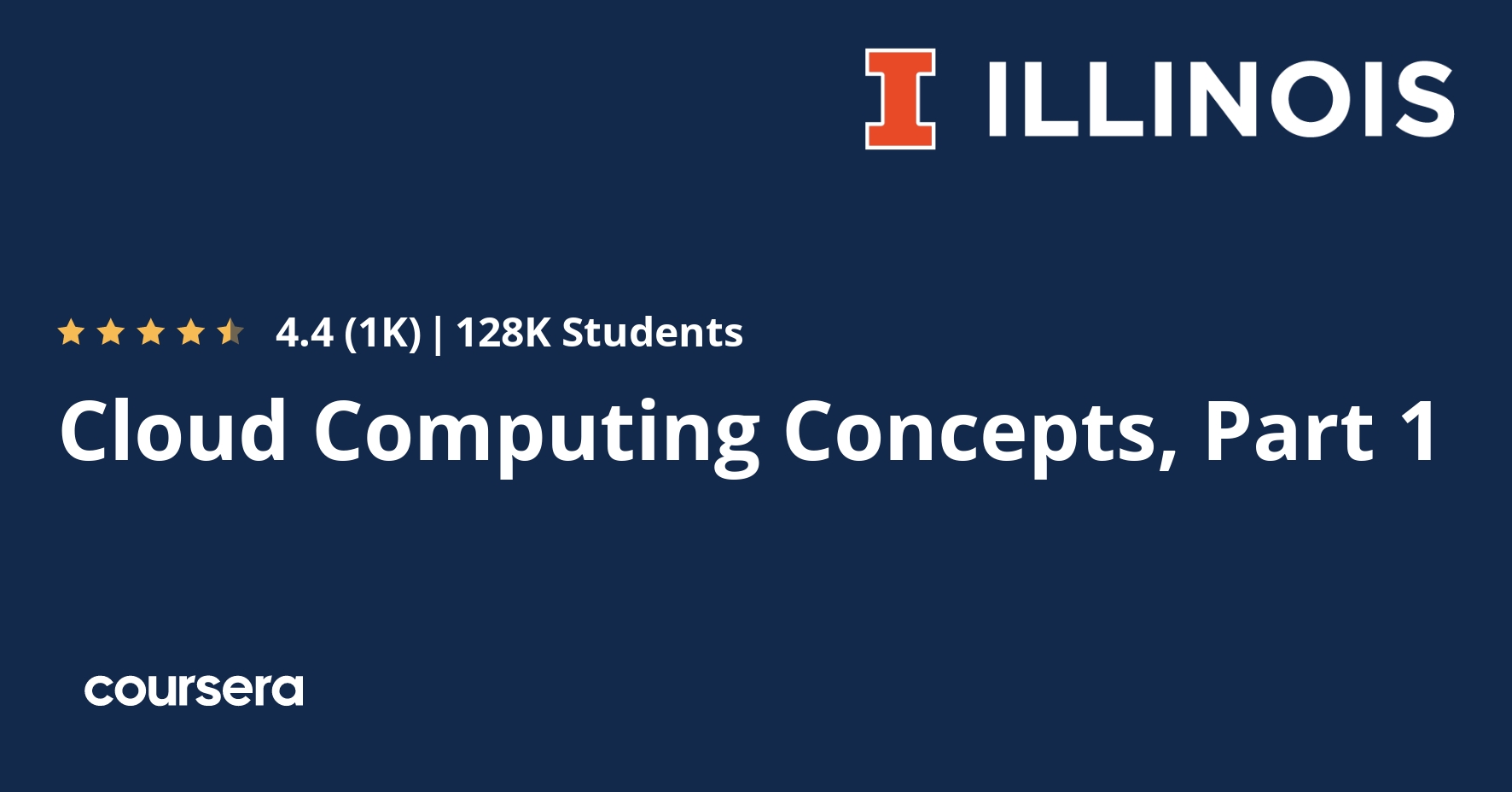Description
Cloud computing systems today, whether open-source or used inside companies, are built using a common set of core techniques, algorithms, and design philosophies – all centered around distributed systems. Learn about such fundamental distributed computing “concepts” for cloud computing.
Some of these concepts include: clouds, MapReduce, key-value/NoSQL stores, classical distributed algorithms, widely-used distributed algorithms, scalability, trending areas, and much, much more!
Know how these systems work from the inside out. Get your hands dirty using these concepts with provided homework exercises. In the programming assignments, implement some of these concepts in template code (programs) provided in the C++ programming language. Prior experience with C++ is required.
The course also features interviews with leading researchers and managers, from both industry and academia.
What you will learn
Week 1: Orientation, Introduction to Clouds, MapReduce
This course is oriented towards learners with similar backgrounds as juniors and seniors in a CS undergraduate curriculum. Since learners come from various backgrounds, it is critical you view this lecture AND pass the prerequisite test. This will ensure you have many of the assumed prerequisite pieces of knowledge required to enjoy this course.
Week 2: Gossip, Membership, and Grids
Lesson 1: This module teaches how the multicast problem is solved by using epidemic/gossip protocols. It also teaches analysis of such protocols. Lesson 2: This module covers the design of failure detectors, a key component in any distributed system. Membership protocols, which use failure detectors as components, are also covered. Lesson 3: This module covers Grid computing, an important precursor to cloud computing.
Week 3: P2P Systems
P2P systems: This module teaches the detailed design of two classes of peer to peer systems: (a) popular ones including Napster, Gnutella, FastTrack, and BitTorrent; and (b) efficient ones including distributed hash tables (Chord, Pastry, and Kelips). Besides focusing on design, the module also analyzes these systems in detail.
Week 4: Key-Value Stores, Time, and Ordering
Lesson 1: This module motivates and teaches the design of key-value/NoSQL storage/database systems. We cover the design of two major industry systems: Apache Cassandra and HBase. We also cover the famous CAP theorem. Lesson 2: Distributed systems are asynchronous, which makes clocks at different machines hard to synchronize. This module first covers various clock synchronization algorithms, and then covers ways of tagging events with causal timestamps that avoid synchronizing clocks. These classical algorithms were invented decades ago, yet are used widely in today’s cloud systems.







